When Apple introduced the iPhone 7 and 7 Plus, they were the company's first phones to boast some kind of water resistance. In particular, these were water resistant for up to 30 minutes at a depth of one meter. Since then, Apple has worked on this a lot, but it still does not provide any warranty on the heating of the device.
In particular, the iPhone XS and 11 have already managed a depth of 2 m, the iPhone 11 Pro 4 m, the iPhone 12 and 13 can even withstand the pressure of water at a depth of 6 m for 30 minutes. In the case of the current generation, it is therefore an IP68 specification according to the IEC 60529 standard. But the problem is that resistance to spills, water and dust is not permanent and can decrease over time due to normal wear and tear. Below the line for every piece of information related to water resistance, you will also read that liquid damage is not covered by the warranty (you can find everything about the iPhone warranty <a href="https://cdn.shopify.com/s/files/1/1932/8043/files/200721_ODSTOUPENI_BEZ_UDANI_DUVODU__EN.pdf?v=1595428404" data-gt-href-en="https://en.notsofunnyany.com/">here</a>). It is also important to mention that the tests of these values were carried out in controlled laboratory conditions.
It could be interest you

Samsung hit hard
Why do we mention it? Because different water is also the fresh water and the sea water is different. E.g. Samsung has been fined $14 million in Australia for making misleading claims about the water resistance of Galaxy smartphones. A number of these have been advertised with a waterproof 'sticker' and should be able to be used in swimming pools or sea water. However, this did not correspond to reality. The device was resistant only in the case of fresh water and its resistance was not tested either in the pool or in the sea. Chlorine and salt thus caused damage, which of course is not covered by the warranty even in the case of Samsung.
Apple itself informs that you should not knowingly expose your device to liquids, regardless of its water resistance. Water resistance is not waterproof. Therefore, you should not intentionally submerge iPhones in water, swim or bathe with them, use them in a sauna or steam room, or expose them to any type of pressurized water or other strong stream of water. However, be careful of falling devices, which can also negatively affect the water resistance in some way.
However, if you spill any liquid on your iPhone, typically that containing sugar, you can rinse it under running water. However, if your iPhone has come into contact with water, you should not charge it through the Lightning connector but only wirelessly.
It could be interest you
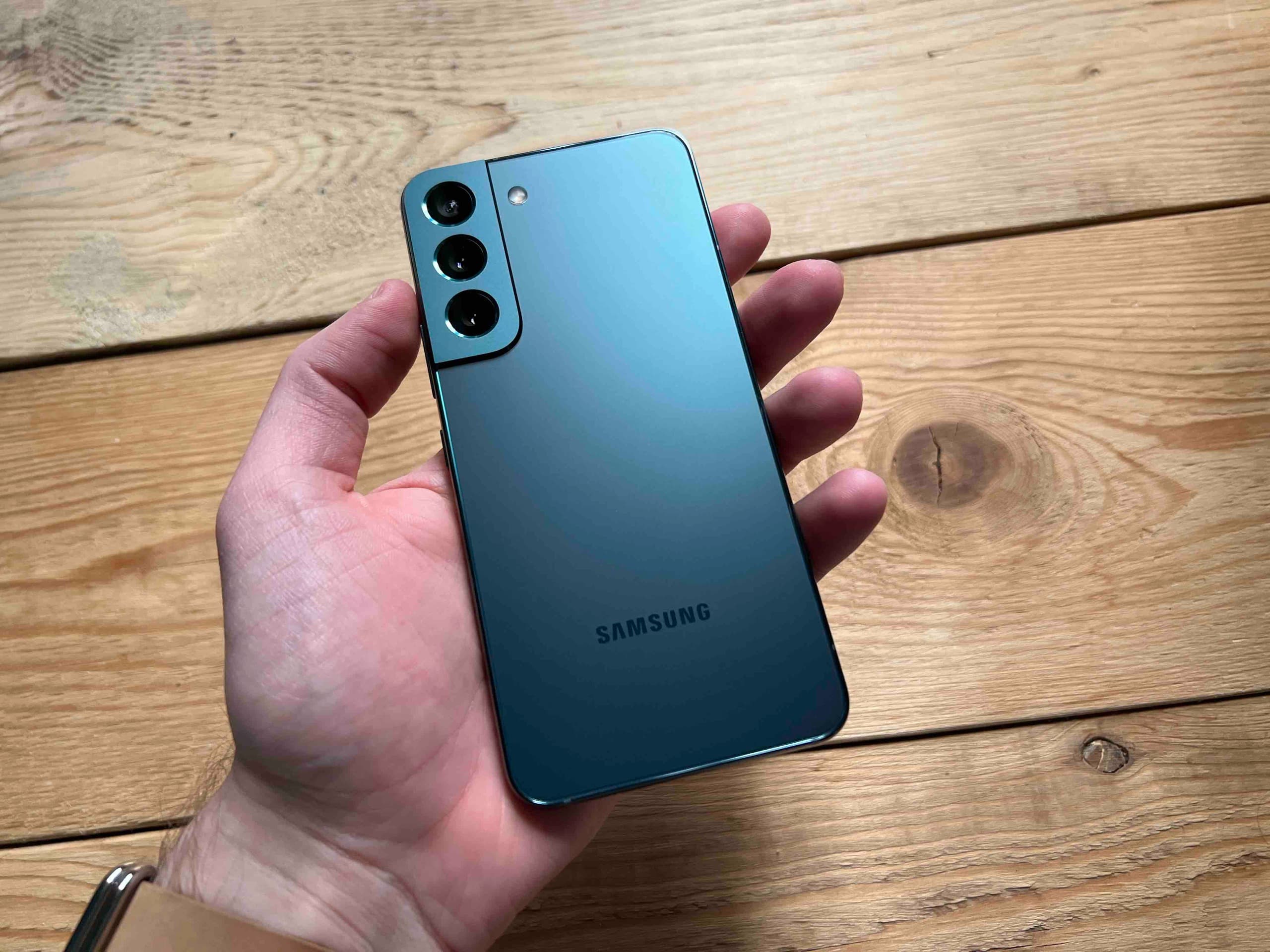
Apple Watch lasts longer
The situation is a little different with the Apple Watch. For the Series 7, Apple Watch SE and Apple Watch Series 3, Apple states that they are waterproof to a depth of 50 meters according to the ISO 22810:2010 standard. This means that they can be used near the surface, for example when swimming in a pool or in the sea. However, they should not be used for scuba diving, water skiing and other activities where they come into contact with fast-moving water or, of course, at greater depths. Only Apple Watch Series 1 and Apple Watch (1st generation) are resistant to spills and water, but it is not recommended to submerge them in any way. We wrote about the water resistance of AirPods in separate article.
 Adam Kos
Adam Kos 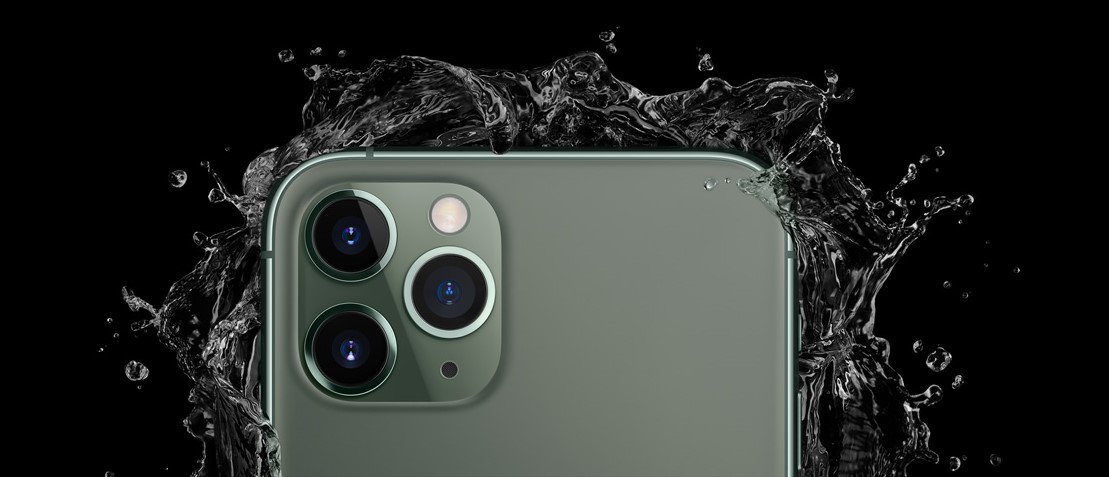

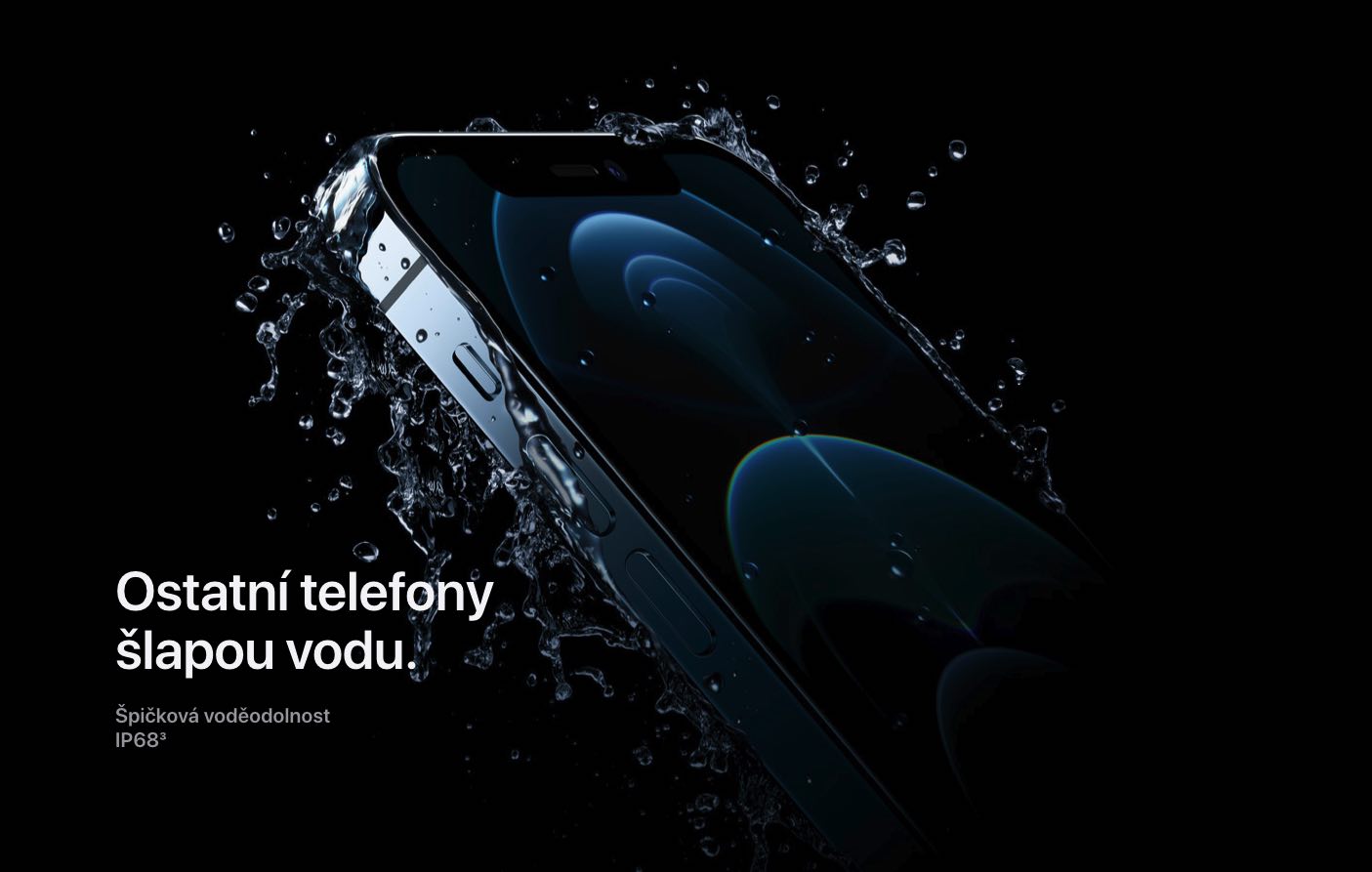
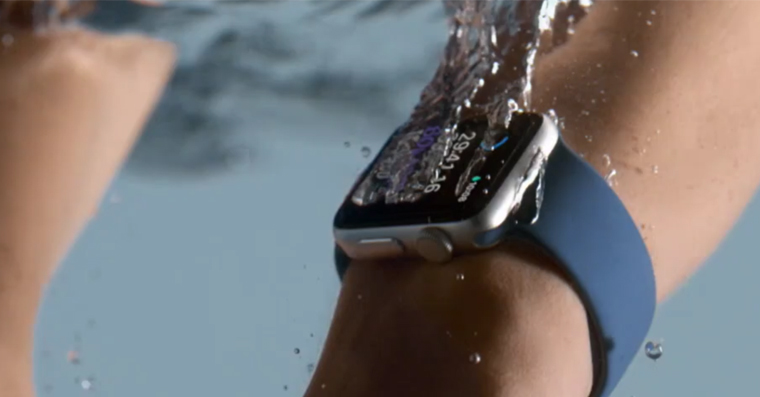
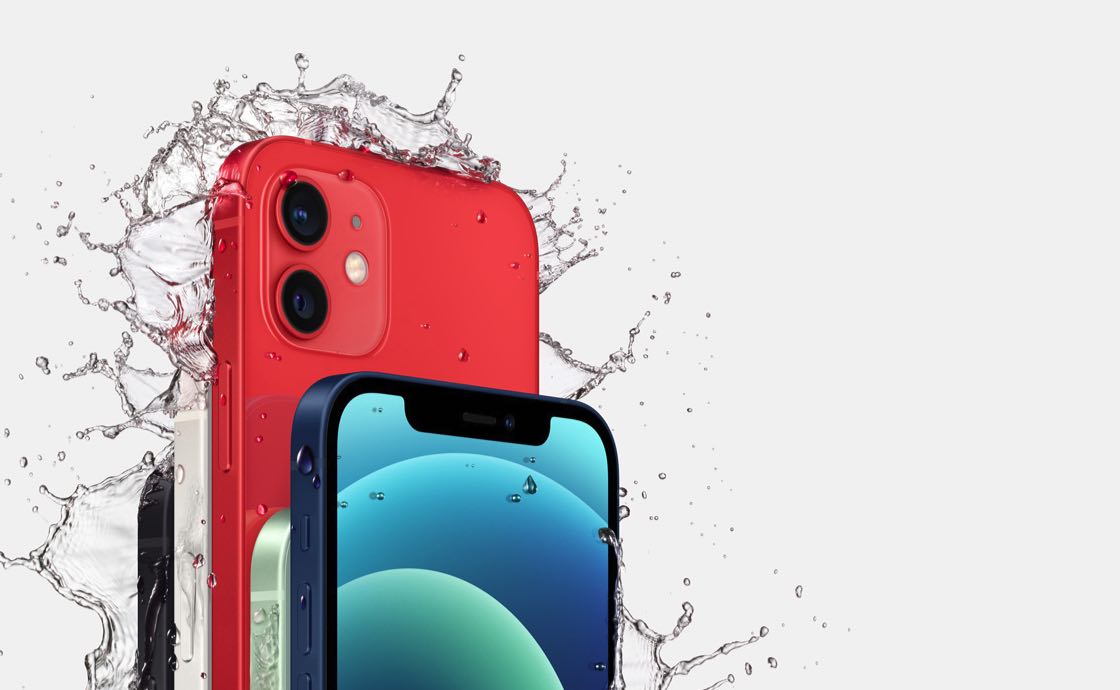
 Samsung Magazine
Samsung Magazine
Well, yes, but I use Apple precisely because it's not like everywhere else...